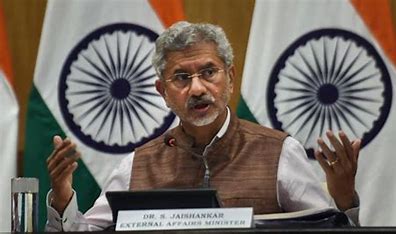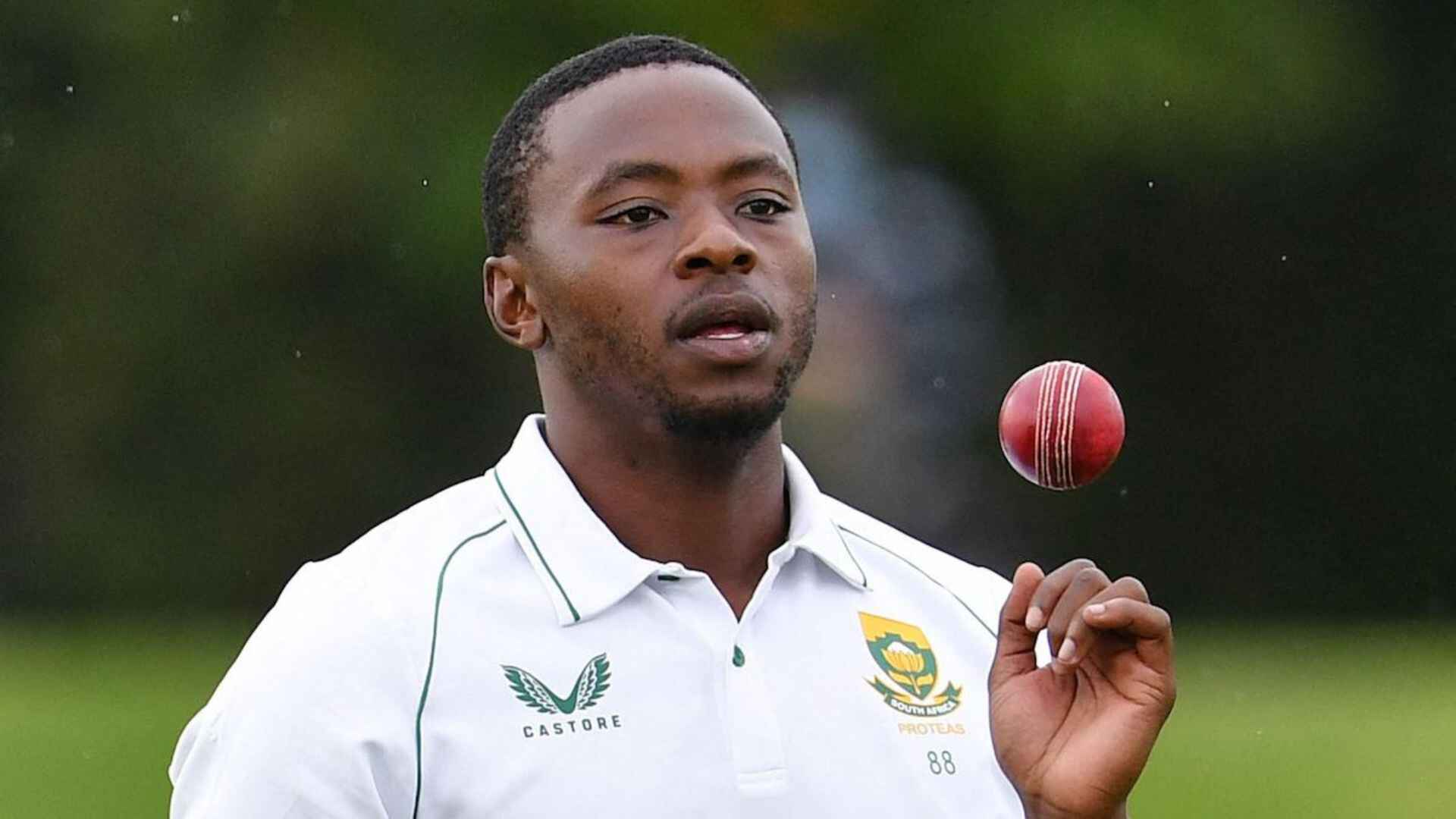
“A sister is a gift to the heart, a friend to the spirit, a golden thread to the meaning of life”
Isadora James
ABSTRACT
The rationale behind writing this blog is to dedicate the sacrifice and importance of all sisters in their brother’s lives since childhood. Brothers and Sisters are the same as friends but forever. In general, brothers and sisters have a love-hate relationship. My story remains the same, but I believe that this sacred relationship has leadership, love, and friendship. Brother-sister relationships are one of the most beautiful relationships in the world. One finds the best friends, second parents, stupid fights, partner in crime and guardians in this one relationship. In a nutshell, brothers and sisters are friends and assistants. Friendship between brothers is similar to friendship between the same age group.


“India is my country; all Indians are my brothers and sisters…..”. Everyone is aware from this line which is from school prayer.What are the realities that bothering the author? The present situation for our sister’s is not eye pleasing. Jackals and Eagles are roaming over this sacrosanct relationship. During the era of digital crimes, the author is concerned about her sister who is presently living away from her. The author finds the only way to protect his sisters from those vultures by telling them their inherited rights The voyage of this blog is written from two perspectives. In the first perspective, the author describes the problems and challenges women face before marriage, and in latter part the author describes the problems and challenges women face after marriage.
INTRODUCTION
Having a sibling is a bliss. Seriously. They’re probably irritating, annoying, maybe not, but definitely if you have a problem, they’re the ones who come first in front of you to protect you. That’s what a relationship looks like. Sibling relationships are fun to talk about, but not romantic. Not sexually attractive, but discuss and love each other.
Like the coin has two faces, being a girl or a woman isn’t easy. Various issues hinder the growth of a country and makes the women feel inferior. The rotten ideology in India is that a womanis important but she can’t be more valuable than a man as he brings food to the table. The author finds him lucky in this scenario where his parents are more affectionate and lovable towards her sister. The author knows the importance of his sister for aligning his actions and words with moral principles.
ISSUES AND CHALLENGES FOR WOMAN BEFORE MARRIAGE
Single women, girls, mothers, and women of all levels are assaulted, sexually harassed, and assaulted every day. Streets, public transport, especially public places, were in the hunter’s territory. Those who have already been expelled will struggle for a basic life with dignity, while weeping silently or with contempt. There is a silent war in the city. Girls attending their schools and colleges by protecting themselves in books, other women wear full-covering clothing to protect their bodies, and other women avoid the simple gaze while walking.
We are living in the age of science and technology the phase which has changed the outlook of the world. Technology has advanced people, and it has become a trend too. It is rightly said that with great power comes great responsibility. The advancement has caused technology to be faster and sensitive. Technology is a boon when used and a bane when it is misused.
TECHNOLOGY AND CRIME
The technology advancement has led the world to another level, so the crime has also become more tech-oriented. The rates of crime related to computer systems have increased over the last decade, but the technological advancements are continuously increasing which means that there will be more crime using technology or based on technology. Even the crime world isn’t behind in technology. The crimes that involves the use of computers or other electronic devices and the internet are knows as Cyber Crimes.
CYBER CRIME AGAINST WOMEN IN INDIA
In the age of technology women are not mentally secure. Since everyone has access to technology, they are the worst victims of mental anguish. These crimes against women are becoming more common by the day. Women face threats, stalking, voyeurism, body shaming, revenge porn, child abuse, and other forms of online violence. The same may be written in an endless number of ways. Certain provisions have been made to ensure safety of women who are at a greater risk of digital harm.
India has ranks number 3 for cyber-bullying crimes, and this is not even shocking anymore as the number of users are rising day by day and most of them are fake accounts. According to a survey conducted by an NGO, CRY (Children Rights and You) it was found that approximately 9.2% of children are being bullied online in Delhi NCR and half of the children do not complain about the incidence to their parents, teachers, or guardians.
The National Crime Report Bureau (NCRB) does not keep separate data for physical and cyber-crime incidents. Because of a lack of understanding about cybercrime, women are less likely to report it, and authorities are less likely to take it seriously. Cybercrime has increased significantly in India because they are not considered crimes.
• Cyber Stalking:- Cyber stalking has become a very common practice among the youth these days. In this, the victim and the stalker might know each other or they have seen or spoken to each other. The stalker-emails, messages telling the victim that he has every idea about the victim and making him/ her realize that she has an evil eye watching the victim all the time making the victim mentally troublesome and miserable. This crime is common with women where they are the victims of the cyber stalkers
• Cyber Bullying: – Cyber bullying & cyber stalking are both forms of cyber bullying. Threats, assault, body shaming, & other forms of harassment are used in this case. It has an unpleasant and nasty tone to it. People post pictures, videos which have content to trouble the victim. It is similar to bully but on an online platform. Women are discriminated on the basis of their color, body type, class performance, etc. They are asked to stay away by a particular group of people. They are not always permitted to be involved with or associate with a certain group of individuals. Slut shaming, body shaming, & other forms of shaming may be included in the texts or emails.
• Sextortion: – This is the most common cybercrime committed against women during the period of the pandemic. The offenders started extorting money or sexual favours by blackmailing the victims to reveal their private pictures or morphed images. Threatening women with sexual video calls/images or messages as a result of the epidemic and shutdown frustration drove criminals to seek sexual video calls/images or messages from women. Also, loss of income encouraged them to extort money by threatening the victim with their morphed images.
• Voyeurism: – Voyeur is a French word which means the one who looks and voyeurism is a concept used to describe when a person is watching somebody else’s private act for example sexual act or somebody naked or any action related to infringing somebody else’s private action to either have sexual pleasure or to click pictures etc to gain sexual pleasure. In other words, the habit of spying on people, when they do something which is generally done in private.
LAWS AGAINST CYBER-BULLYING IN INDIA
1. Information Technology Act, 2000: Chapter 11 of the ITAmendment Act consists of crimes that do not have a clear definition of cyber-bullying. However, the law provides the same measures, depending on Section 66 and Section 67. Some key provisions of the IT Act which deals with cyberbullying Sec. 66A that deals with sending offensive messages through communication service, etc However, there are some remedies for the victims provided in this Act against cyber-bullying:
i. Section 66(D): “This section indicates that if someone defrauds someone by impersonating them on the internet or through social media, they will be penalised. A sentence of up to three years in jail and/or a fine of Rs. one lakh may be imposed”.
ii. Section 66(E): “This section makes it illegal to purposefully capture someone’s private photographs and post them on the internet or social media without their agreement. The sentence may be up to three years in jail and/or a fine of Rs. three lakhs”.
iii. Section 67: “If anybody transfer, disseminate, or post obscene or inappropriate content on the internet or social media, personmight be prosecuted under this section. The sentence could be up to five years in jail and/or a fine of Rs. ten lakhs”.
2. Indian Penal Code, 1860: The Indian Penal Code (IPC) is the country’s official criminal code. Under the legislation, there is no explicit provision for cyber-bullying. However, there are several provisions that may deal with cyber-bullying offences:
i. Section 507: “This section punishes anyone who terrorises another person anonymously over the internet or social media and threatens or forces them to do something against their will. The sentence may last up to two years”.
ii. Section 509: “If a male tries to insult a woman’s modesty in any way, including over the internet or social media, he can be imprisoned for up to one year, with or without a fine”.
iii. Section 354(C): “If a male captures a woman’s photos without her agreement or authorization while she is in her private area, he can be prosecuted under this section. The sentence may range from 1-3 years, but if the accused continues to commit the crime, he will be sentenced to 3-7 years in jail”.
iv. Section 354(D): “This section allows for punishment if someone stalks or observes someone’s day-to-day actions on the internet without their knowledge with the aim to damage or hurt them. The sentence may last up to three years”.
v. Section 499: “If anyone defame someone, you might be penalised under this section. Defamation can also take place via the internet or through social media”.
CASE LAWS RELATED TO CYBER-BULLYING IN INDIA
• State of West Bengal v. Animesh Boxi: In this case, AnimeshBoxi was found guilty of uploading his ex-girlfriend’s pictures and videos on internet (pornography websites). Animesh was changer under many sections of IT Act, 2000 (Sections 66C, 66E and 67/67A) as well as IPC (Sections 354A, 354C, 354D, and 509) with an imprisonment of 5 years with a fine of Rs. 9,000. This case was a historic impact as it was the first landmark judgment in a revenge porn case in India.
• Prakhar Sharma v. The State of Madhya Pradesh: In this case, the defendant created a fake Facebook account in the victim’s name and posted obscene messages from that account using the victim’s photo (which was downloaded from the original ID). The defendant was convicted and punished under Sections 66C and 67/67A of the IT Act of 2000.
• Shreya Singhal & Ors. v. Union of India and Ors.: The Supreme Court overturned section 66A of the Information Technology Act of 2000 in this case. Sending insulting, threatening, abusive, or other communications via the internet was punishable under this section. It was claimed that section 66A was unconstitutionally ambiguous and went beyond the boundaries of Article 19 (2) of the Indian Constitution’s legal restrictions
Single women, girls, mothers, and women of all levels are assaulted, sexually harassed, and assaulted every day. There is a silent war going on in the city. Girls attend their schools and colleges by protecting themselves with books, other women wear full-covering clothing to protect their bodies, and still others avoid the simple gaze while walking.















